52 years ago, on October 24, 1973, the 1st Army Corps - the Victory Army Corps - the first combined arms main force of the Vietnam People's Army was established. Following that, the 2nd, 3rd, 4th Army Corps and the 232nd Army Corps were established. These steel fists were used by the Party Central Committee's Politburo , the Central Military Commission and the General Command at important moments, changing the situation of the war.
In particular, in the historic Ho Chi Minh Campaign, the main army corps created an overwhelming position, a rising tide, smashed the enemy's defense lines, rapidly advanced to liberate Saigon, and completely achieved the goal of national reunification.
VOV reporter interviewed Lieutenant General, Dr. Dao Tuan Anh, Deputy Director of the National Defense Academy about this content.
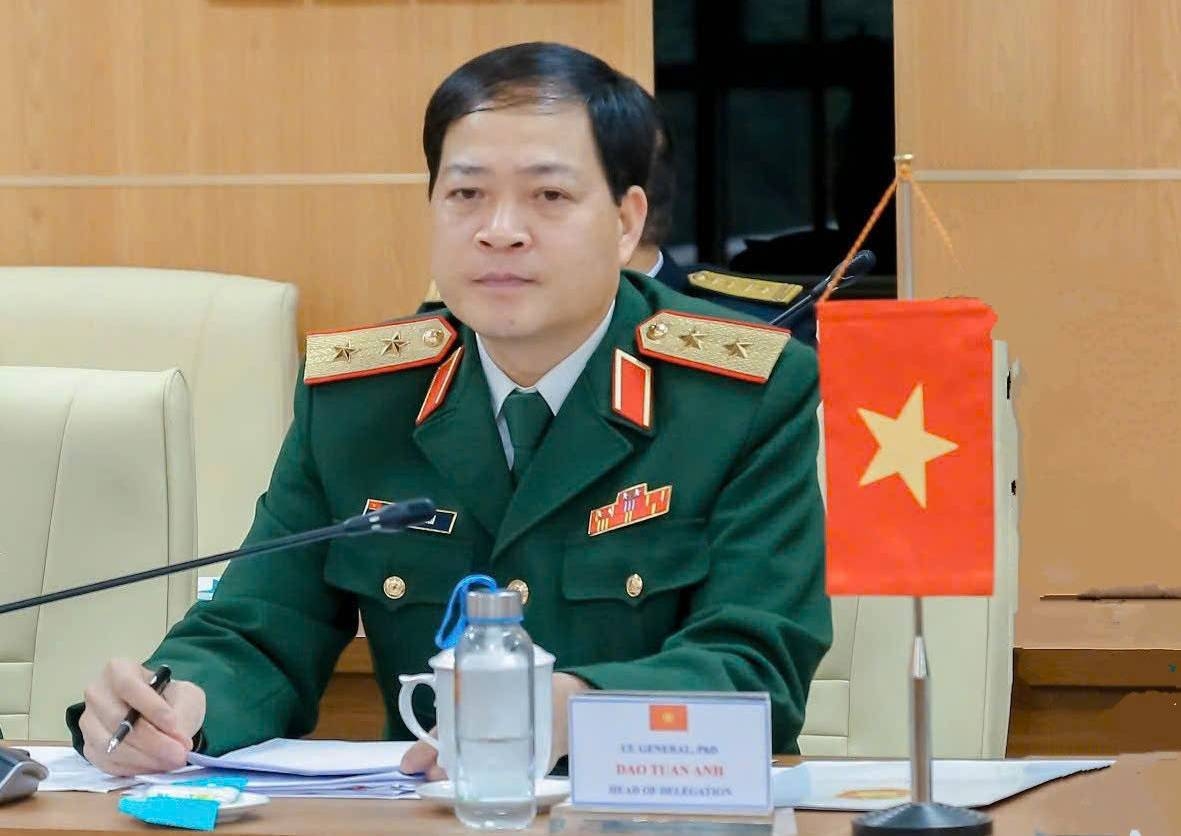
PV: After the Paris Agreement was signed, the 21st Central Conference affirmed that “The path of the Southern revolution is the path of revolutionary violence. Regardless of the situation, we must firmly grasp the opportunity, maintain the strategic offensive line and provide flexible direction to move the Southern revolution forward”. Is this considered the basis for the birth of the main army corps, creating overwhelming strength for us to realize our determination to liberate the South and unify the country?
Lieutenant General Dao Tuan Anh: After the Paris Agreement was signed, the US was forced to withdraw all expeditionary troops and troops from some allied countries. The US was forced to respect the independence, sovereignty , unity and territorial integrity of our Vietnam.
But with its stubborn and belligerent nature, the US continued to provide economic and military aid, directed the Saigon puppet government, sabotaged the Agreement, and continuously launched "pacification and encroachment" operations throughout the South, in an attempt to destroy our revolutionary forces.
Faced with that situation, the Party Central Committee held its 21st conference and affirmed: "Regardless of the situation, we must firmly grasp the opportunity, maintain the strategic offensive line and provide flexible direction to move the revolution in the South forward."
After receiving unanimous approval from the Politburo, General Vo Nguyen Giap instructed the General Staff to urgently establish army corps, the main punches, to be ready for use at the decisive moment.
Thus, implementing the Politburo's policy and the directive of General Vo Nguyen Giap, after a period of preparation, the main army corps of our army were established one after another. Army Corps 1 was established on October 24, 1973; Army Corps 2 was established on May 17, 1974; Army Corps 3 was established on March 26, 1975; Army Corps 4 was established on July 20, 1974.
PV: With the formation of 5 armies from 5 directions advancing rapidly towards Saigon, do you think that is also an overwhelming force causing confusion and panic in the enemy?
Lieutenant General Dao Tuan Anh: After the victories from two strategic attacks in the Central Highlands and Hue - Da Nang, with great spirit and determination, we quickly mobilized most of the main forces from the North and Central regions into the campaign area.
For example, the 1st, 2nd, and 3rd Corps were both mobile, prepared for combat, and continuously fought, and arrived at the battlefield on time to coordinate operations with the 4th Corps and Group 232.
As of April 25, 1975, we had gathered about 270,000 troops to participate in the campaign. The campaign was organized in 5 directions of attack, especially the assignment of attack areas and targets to each army corps.
On each direction of attack, organize forces to break through the enemy's defense line from afar and combine with the encirclement (attack from behind) to form an encirclement, divide key targets, closely combine the breakthrough to destroy the enemy's defense with deep thrusts and take deep thrusts as the main, capture key, important targets to create a position to destroy the entire enemy force.
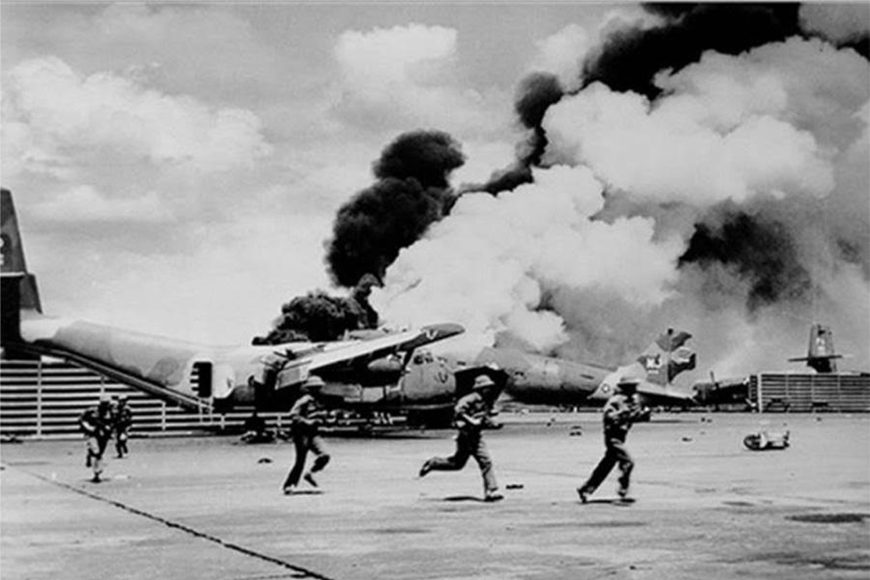
PV: The command of the wings and forces participating in the Ho Chi Minh Campaign with a troop strength of up to several hundred thousand people required a very high level of command and coordination and scientific combat art. Could you analyze more clearly the combat art of the main punches in this final decisive battle?
Lieutenant General Dao Tuan Anh : Discussing the issue of combat art, especially the art of combat in the historic Ho Chi Minh Campaign when the main army corps participated, the decisive punches were shown in a number of issues as follows:
Firstly, we quickly established a campaign position and formed a large encirclement position, dividing the enemy's entire defensive group. This was the key to creating an overwhelming offensive position, blocking all enemy escape routes in all directions. For example, the west, southwest to the Mekong Delta and the east to Vung Tau city, to quickly crush the enemy's resistance.
Second, we closely combined the concentration of deep thrust forces with rapid mechanized assault troops to penetrate deep into important, key targets identified from the beginning.
Third, the close coordination between many forces, military branches, military services, and armed forces in the vast campaign area. In particular, we used captured enemy aircraft to bomb Tan Son Nhat airport, creating a coordination between the air and the ground, surprising the enemy, further accelerating the speed of attack at the most important and decisive moment.
Next was the large-scale combination of three prongs of attack, military, political, and enemy propaganda. In the Ho Chi Minh Campaign, the strong military attack combined with the uprising of the masses reached a high level of artistic development.
PV: Based on the comparison of forces, we had an overwhelming advantage so we quickly attacked and eliminated each target to advance straight to Saigon, sir?
Lieutenant General Dao Tuan Anh: That's right, comparing the balance of forces and the battle situation is also in our favor. As for the enemy, the defense force in the Saigon - Gia Dinh area had about 5 divisions, arranged in 3 lines: the outskirts, the suburbs and the inner city. However, the fighting spirit of the puppet army at that time could be assessed as being disintegrated, with a mentality of extreme confusion.
As for us, in the campaign, we concentrated our main force with an overwhelming advantage over the enemy. The force was equivalent to 5 army corps. In particular, the fighting spirit of our troops and their determination to fight to liberate the South were very high. The forces participating in the campaign also arranged to create a solid, strong, and dangerous battle formation, encircling, dividing, and completely isolating the enemy forces in Saigon from the enemy forces outside.
When carrying out the campaign, the forces attacked from five directions, attacking targets from the outer ring, developing combat to attack directly the selected targets in the inner city. Therefore, the enemy's defensive forces in all directions were forced to stretch out to cope, so they could not support and assist each other.
Therefore, the attacking forces in all directions attacked quickly, won quickly, achieved high efficiency and fulfilled the assigned mission and target. At exactly 11:30 on April 30, 1975, the revolutionary flag flew on the roof of the Saigon puppet government's Presidential Palace and our Ho Chi Minh Campaign was completely victorious.
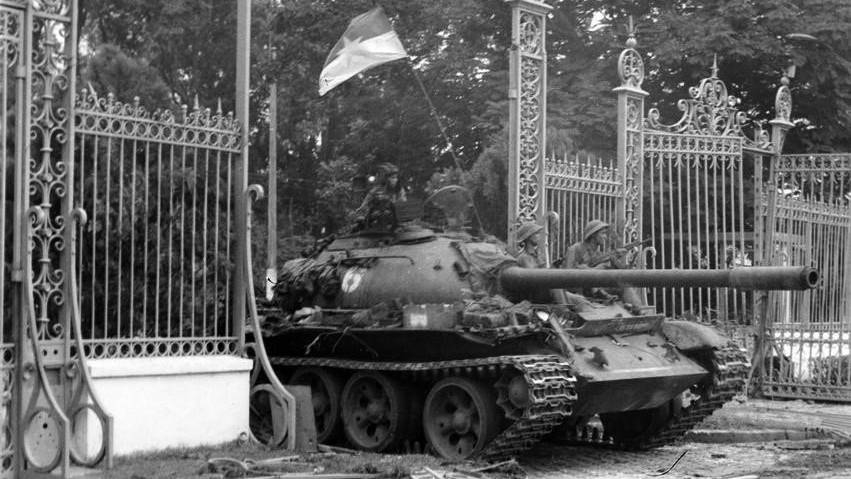
PV : Currently, we have dissolved 4 army corps to reorganize and rearrange into 2 army corps, Army Corps 12 and Army Corps 34. Is this a roadmap, an inevitable trend to build a lean, strong, and modern army?
Lieutenant General Dao Tuan Anh: Currently, the world and regional situation is also experiencing many complex, unpredictable, and rapid developments. In particular, with many wars taking place in the world today, there are new methods of warfare, modern warfare using high-tech weapons, unmanned vehicles, electronic warfare, and cyber warfare.
Through the recent war and military conflict between Russia and Ukraine or Hamas and Israel, we see that weapons of great destructive power and high precision. In particular, the military size of countries around the world has also been adjusted and changed according to the method of combat.
Faced with new requirements for the task of building and defending the Fatherland, we are required to make adjustments, supplements, and developments in both thinking, theory, and action. Therefore, building a strong, lean, and modern army is an objective necessity. This also demonstrates the strategic vision of the Party, the State, the Central Military Commission, and the Ministry of National Defense to meet the requirements of the task of defending the Fatherland early and from afar in the new situation.
The establishment of the 12th and 34th Corps is a major policy, a very important event, marking the maturity and development of our army, creating a solid foundation to strive to build a revolutionary, disciplined, elite, and modern army by 2030.
This major policy also demonstrates the strategic thinking, vision, and correct and timely decisions of the Politburo, the Central Military Commission, and the Ministry of National Defense in leading and directing the building of force organizations and strategic deployments, ready to defeat all forms of future aggressive wars.
As for the 12th and 34th Corps, these are two corps organized in the direction of being lean, compact, strong, and advancing towards modernity. In terms of scale, organization, and force, these two corps are larger, their functions and tasks are supplemented, and they are equipped with many types of modern weapons and vehicles. With the new arrangement, the 12th and 34th Corps are strategic mobile forces with a particularly important role and can undertake tasks and campaigns, defeating all new forms of enemy combat in the war to defend the Fatherland.
PV: If a war to defend the Fatherland happens in the future, it will be very different in terms of methods and scale of operations compared to our previous resistance wars. But clearly, despite many differences, the mobile main army corps, the strong main punches such as the 12th Army Corps and the 34th Army Corps still play a very important role in operations, especially in important strategic campaigns...
Lieutenant General Dao Tuan Anh: If a war to defend the Fatherland occurs in the future, the enemy will have strong economic and military potential, use high-tech weapons, non-contact warfare, asymmetric warfare, joint warfare, electronic warfare, cyber warfare, new methods of warfare combined with information warfare, psychological warfare or carrying out a violent overthrow. To meet the objective laws of war, we must have the strength to change the balance of power by creating a situation, creating favorable opportunities, and destroying large numbers of enemy troops, we need to have steel fists, main forces, or more correctly, strong main force corps.
This is a strategic mobile force that plays a particularly important role in strong mobile attacks, undertaking major battles, strategic campaigns, operations in many areas, battlefields, and strategic directions, ready to be used at decisive opportunities and times to gain decisive victories, defeat all forms of enemy aggression, and firmly protect the Fatherland.
PV: Thank you.


![[Photo] Journalists moved to tears at the Memorial Service for the soldiers who died in Gac Ma](https://vphoto.vietnam.vn/thumb/1200x675/vietnam/resource/IMAGE/2025/5/30/9454613a55c54c16bf8c0efa51883456)
![[Photo] National Conference "100 years of Vietnamese Revolutionary Press accompanying the glorious cause of the Party and the nation"](https://vphoto.vietnam.vn/thumb/1200x675/vietnam/resource/IMAGE/2025/5/30/1cf6cd5c8a934ebfa347028dcb08358c)


![[Photo] General Secretary To Lam receives Chief of the Central Office of the Lao People's Revolutionary Party](https://vphoto.vietnam.vn/thumb/1200x675/vietnam/resource/IMAGE/2025/5/30/140435f4b39d4599a3d17975dfb444c5)
![[Photo] A delegation of 100 journalists from the Vietnam Journalists Association visits the soldiers and people of Truong Sa island district.](https://vphoto.vietnam.vn/thumb/1200x675/vietnam/resource/IMAGE/2025/5/30/0984a986227d4e988177f560d2e1563e)
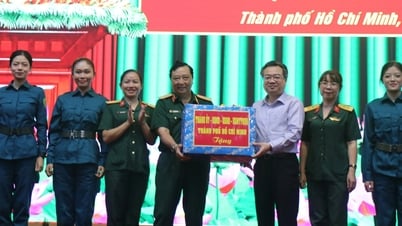

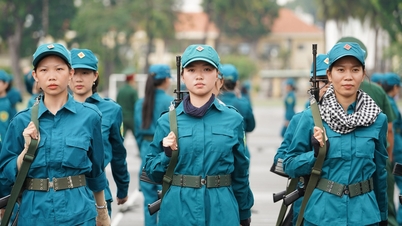
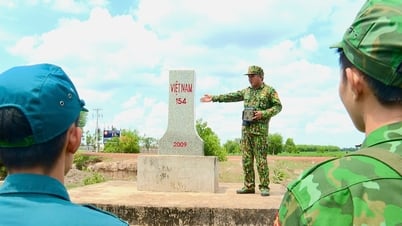

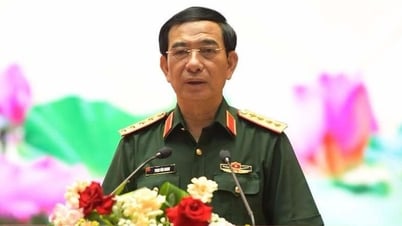
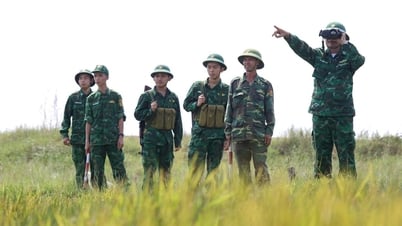
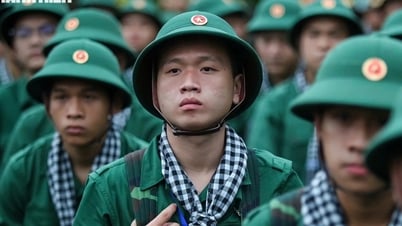






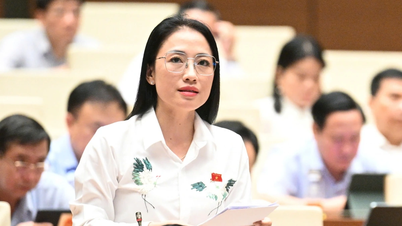
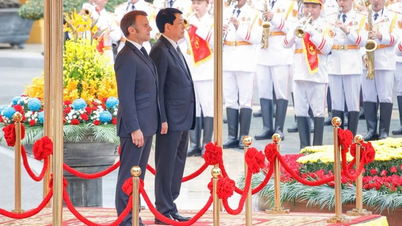
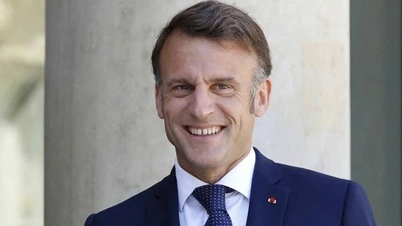
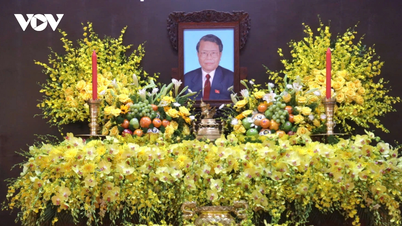




















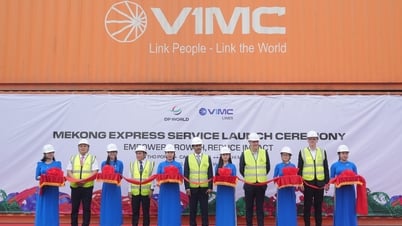




















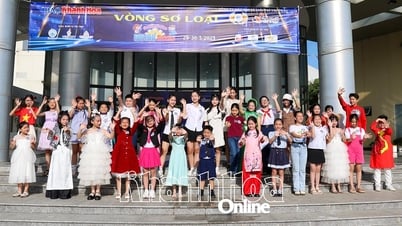

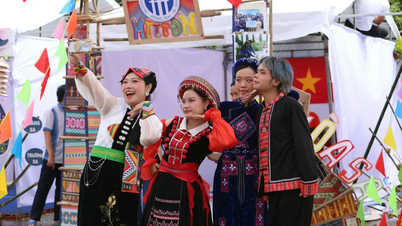

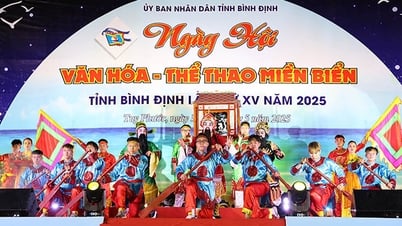














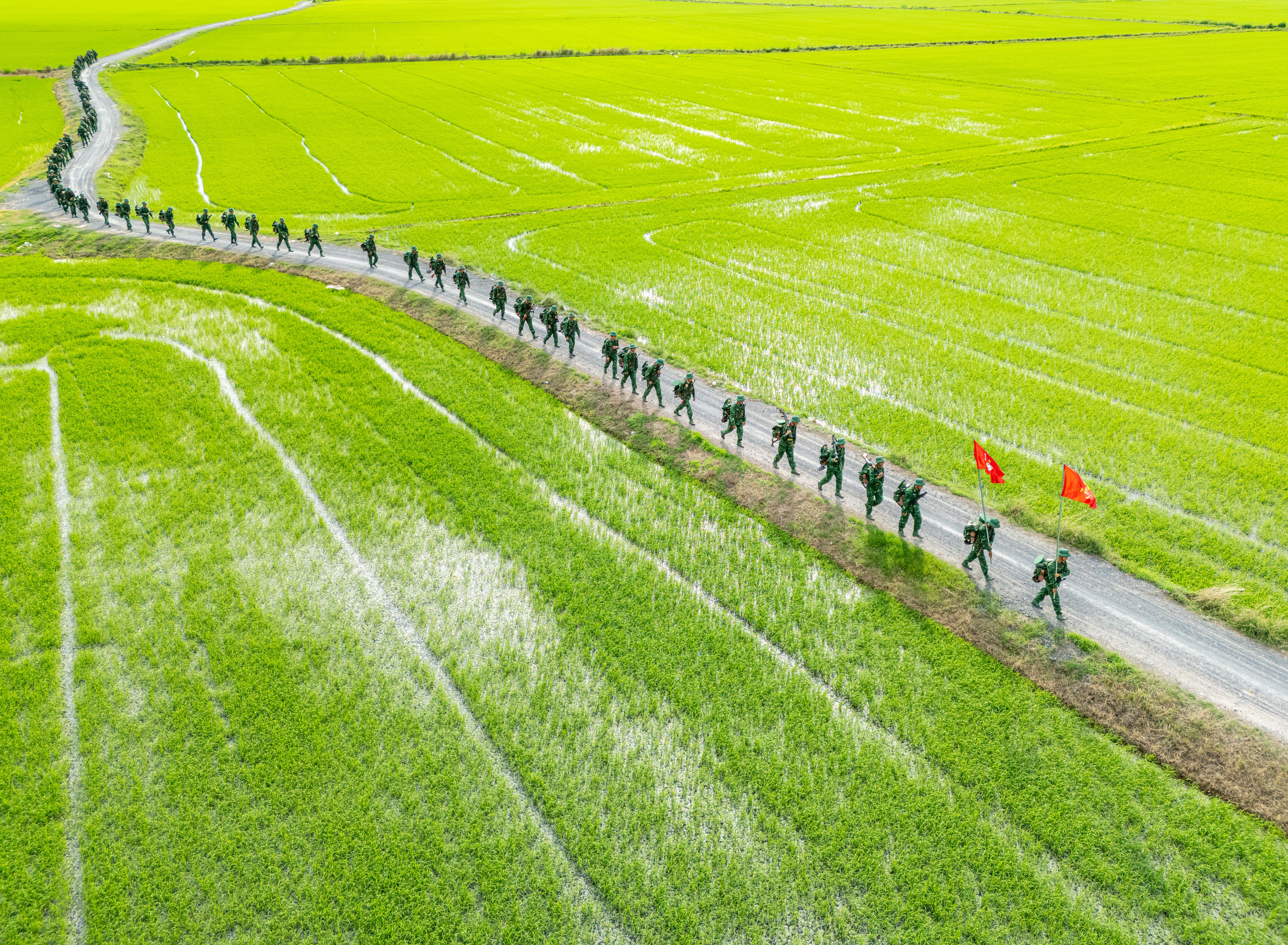



Comment (0)